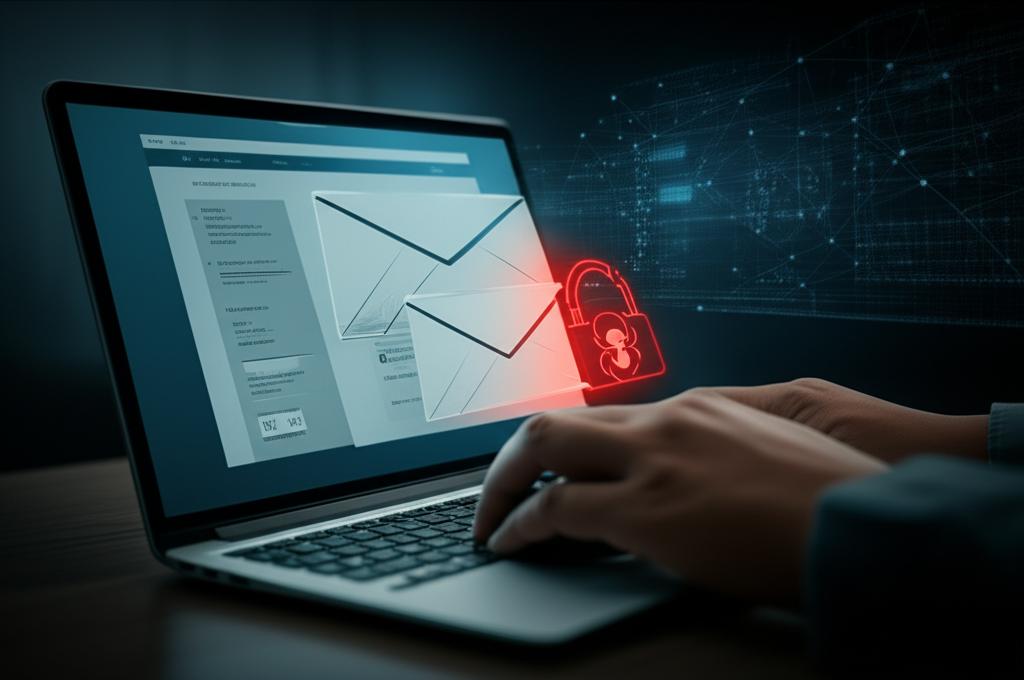Unmasking the Dangerous Truth: What Is Clone Phishing?
Understanding Clone Phishing: A Deceptive Cyber Threat
In the evolving landscape of cyber threats, clone phishing stands out as a particularly insidious form of attack. Unlike generic phishing attempts, clone phishing leverages a high degree of sophistication, mimicking legitimate, previously delivered emails to trick unsuspecting recipients. This guide will unmask this dangerous tactic, explaining how it works, why it’s effective, and most importantly, how you can protect yourself and your organization.
What Exactly Is Clone Phishing?
Clone phishing is a type of social engineering attack where cybercriminals meticulously replicate a legitimate email that a target has previously received or is expecting. The attackers then modify this cloned email by injecting malicious links, attachments, or requests for sensitive information. By exploiting the trust established by genuine communication, these fake emails aim to steal credentials, deploy malware, or perpetrate financial fraud.
How Clone Phishing Works: The Deceptive Process
The effectiveness of a clone phishing attack lies in its precise execution. Here’s a breakdown of the typical steps involved:
-
Replication of Legitimate Emails
Attackers obtain copies of authentic emails, perhaps from a well-known service provider, a bank, an internal company department (like HR or IT), or a popular online platform. They might have access to these through previous data breaches, open-source intelligence, or by observing email traffic.
-
Modification with Malicious Payloads
Once a genuine email is cloned, the attackers subtly alter its content. This typically involves changing legitimate links to point to malicious phishing websites (designed to steal login credentials) or replacing benign attachments with files containing malware (viruses, ransomware, spyware).
-
Sender Impersonation
To enhance credibility, the sender’s email address is often spoofed to appear identical or very similar to the legitimate sender. This means the ‘display name’ and even the actual ‘sender email address’ might look authentic, making it harder for recipients to spot the deception.
-
Leveraging Timing and Context
A crucial element of a successful clone phishing campaign is timing. Attackers often send these cloned emails around the time the original communication was expected or after a genuine interaction has occurred. This context makes the fake email appear highly relevant and less suspicious, preying on the recipient’s established trust and expectation.
Why Clone Phishing Poses a Significant Threat
Clone phishing is particularly dangerous due to several factors:
- High Authenticity: The emails look almost identical to genuine ones, making them extremely difficult to distinguish from real communications, even for vigilant users.
- Exploits Trust: By leveraging prior interactions, these attacks capitalize on the recipient’s trust in a known sender or service.
- Bypasses Basic Filters: Because the content is so similar to legitimate emails, clone phishing attempts often slip past standard spam and email security filters that might catch more obvious phishing attempts.
- Sophistication: It requires more effort and intelligence gathering from attackers, making it a preferred tactic for targeted attacks (spear phishing campaigns).
How to Protect Yourself from Clone Phishing Attacks
Mitigating the risk of clone phishing requires a combination of technical safeguards and user awareness. Here are essential steps to take:
-
Verify Sender Details: Always check the full sender email address, not just the display name. Look for subtle misspellings or unusual domain names. If in doubt, contact the sender via a known, trusted method (not by replying to the suspicious email).
-
Hover Over Links: Before clicking any link, hover your mouse pointer over it (without clicking) to reveal the actual URL. Scrutinize the URL for any inconsistencies, extra characters, or misspellings. If it doesn’t match the expected domain, it’s likely malicious.
-
Be Wary of Urgency and Threats: Phishing emails often use scare tactics, demanding immediate action to avoid negative consequences. Pause and verify any such requests independently.
-
Use Strong Email Security: Implement advanced email filters, anti-phishing software, and robust antivirus solutions that can detect and block malicious content.
-
Enable Multi-Factor Authentication (MFA): MFA adds a critical layer of security. Even if your login credentials are stolen through a clone phishing attack, MFA can prevent unauthorized access.
-
Regular Employee Training: For organizations, consistent cybersecurity awareness training is paramount. Educate employees about the latest phishing techniques, including clone phishing, and teach them how to identify and report suspicious emails.
-
Report Suspicious Emails: Forward suspicious emails to your IT department or designated security team. For personal accounts, most email providers have a ‘report phishing’ option.
Conclusion
Clone phishing represents a serious and growing threat in the digital realm. Its ability to mimic legitimate communications makes it incredibly effective at deceiving even cautious individuals. By understanding its mechanics and adopting a proactive, skeptical approach to email interactions, combined with robust technical defenses, you can significantly reduce your vulnerability to these sophisticated and dangerous attacks. Stay vigilant, stay secure.







